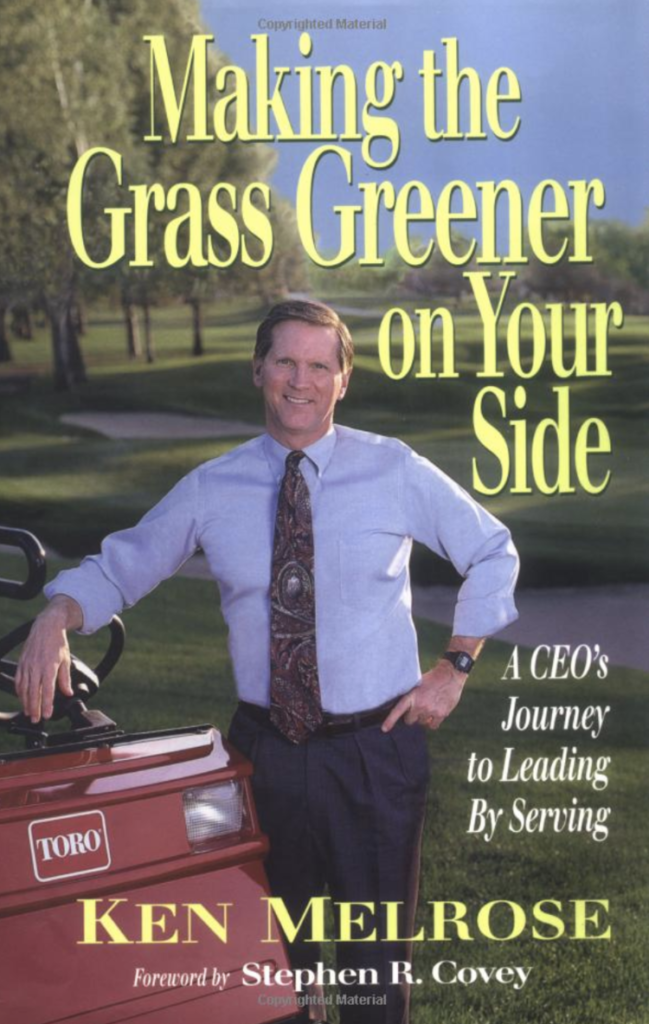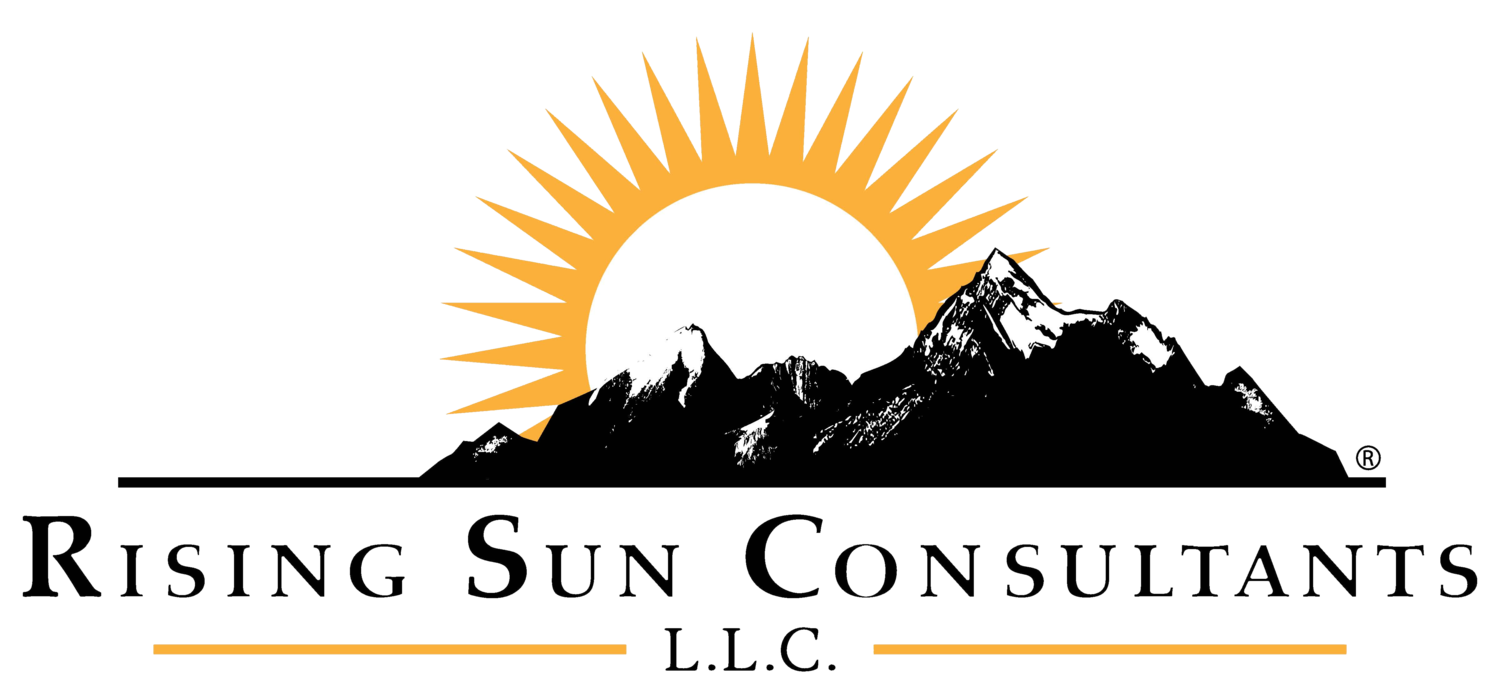BOOK FACTS
- Title: “Making The Grass Greener On Your Side”
- Author: Ken Melrose
- Publisher: Berrett-Koehler Publishers
- Copyright: 1995
- No. of Pages: 224
- No. of Chapters: 15
RATING (5 IS A MUST READ – 1 IS LOW INTEREST IN READING)
Readability: 5
Maintains Attention: 5
Applicability of Information: 5
REVIEW
“Making the Grass Greener on Your Side” by ken Melrose has been one of the most enjoyable reads I have had in a long time. Melrose was the CEO of Toro. In this book he shares his journey, struggles and successes, to transfer Toro from a company that was falling apart to a company of tremendous success.
Melrose shares numerous issues and strategies in is an effort to transform the Toro company. The book covers an array of business issues. The focus of this book is to implement a culture of success based on Servant leadership as the key concept. Melrose communicates the principles of Servant leadership and how he used this leadership style to change the culture of Toro by sharing a plethora of stories and testimonials from Toro employees.
I found Melrose’s book to be refreshingly honest and practical. Whether you are a staunch believer in Servant leadership or this style is new to you, Melrose offers specific strategies and techniques that can help you become a great leader. His “down to earth’ personality comes out in his writing style. The most stunning concept that became clear to me was Melrose’s humility. He clearly gives credit for any successes that Toro has achieved to the hard-working employees. What an inspiring and motivating read.
SUMMARY OF MAIN POINTS
“Making the Grass Greener on Your Side” is cleverly organized into four main sections. Each section of the book is based on a different growing period. Toro has an environmental focus based on its mission and the products they sell. Therefore, it makes sense that the following four sections make up this book:
- Preparing the Soil
- Seed Not Sod
- Managing and Maintaining the Turf
- The Harvest
Melrose’s main theme is building an organizational culture based on the principles and practices of Servant Leadership. He utilizes the four growing phases mentioned above to share how Toro transformed and built a culture of caring, ownership, and success. The following is a brief look at the key concept of each of the four sections.
Preparing the Soil refers to the principles and values that make up the core of who we are. It is the set of principles and values that “keep us true to our course, even in times of dire need.” (p.xxi) Melrose discusses the importance for an organization to clearly determine and articulate the core values and principles that the culture will build its foundation on. It is essential that employees throughout the entire organization are involved and engaged in this most critical stage of cultural development. Melrose points out the importance of developing and communicating the organization’s values in a manner that brings everyone along and gets everyone on board.
Seed Not Sod uses the analogy of either planting grass seed or simply rolling out large pieces of sod off of a truck. It is fast and easy to have a truck pull up and dump sod which looks great quickly but has a tendency to not grow deep roots. Melrose shares their journey in going through the painstaking effort of preparing the soil, planting the grass seed, and then nurturing it through the growing process. This may take longer and be a bit messier, but the end result is more deeply rooted grass which will last longer. “This section embodies the creation of a vision that moves across boundaries and pushes us toward new paradigms.” (p.xxi)
Managing and Maintaining the Turf “recognizes the cycles, processes, standards, and systems involved in managing a business.” (p. xxi) Melrose shares many of the issues and strategies involved in the day-to-day operations of maintaining a culture that is focused on Servant leadership.
He shares the importance of perseverance and accountability in this section. One of the fundamental principles here is to keep moving a little closer to your goal each day. At times it will seem as if the goal may never be achieved, but as the organization works together they will see their goals achieved.
The Harvest discusses how “preparing the soil, seeding instead of sodding, and wisely managing turf yields an abundant harvest.” (p. xxi) Melrose shares in this section how all of the hard work, effort, and perseverance pays off. The major concept in this section is the fact that “you will find what you at first struggled to accomplish now occurs spontaneously during your never-ending journey.” (p. xxi)
Melrose is clear that building an organizational culture based on the principles of Servant Leadership is not easy and it takes a lot of hard work. He honestly shares their setbacks and failures throughout this journey but maintains the importance of learning from those mistakes and getting better. He also shares that the benefits and rewards of this culture are deeply rooted in the organization and long-lasting.
CALL TO ACTION
After reading this book, the following five points are needed to develop your Servant Leadership attitudes and skills:
- Involve the employees of your organization in the development of a clear set of values and a vision for the future.
- Communicate the values and vision in a manner that engages employees and supports individual ownership of the organization’s mission and goals.
- Follow through on the values and vision; hold yourself and others accountable for reaching the goals in a manner that is consistent with the values.
- Honor mistakes, failures, and risk-taking by taking the time to learn from these moments.
- Celebrate successes and achievements.
NOVEMBER 20, 2019


